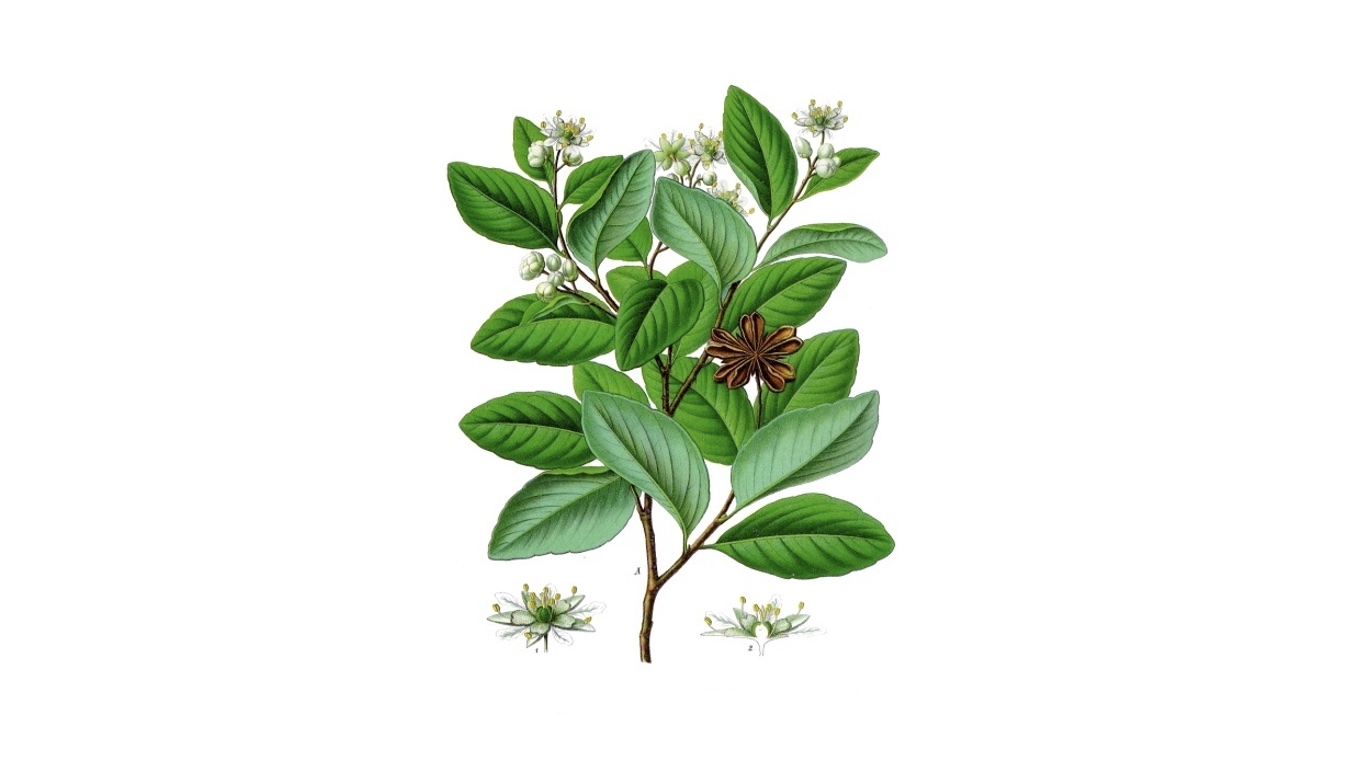Sustainable vaccine production from natural sources
QS-21 is a highly valued, plant-derived vaccine adjuvant used in several FDA-approved vaccines and emerging immunotherapies for its ability to enhance immune responses. My research, which focuses on QS-21, combines RNA-seq, RNAi, molecular biotechnology, and machine learning with a strong foundation in computational biology and bioinformatics to support sustainable innovation in plant-based vaccine components. I work at the intersection of data science and plant biology, using high-throughput technologies and big data to inform scalable, eco-conscious bioproduction strategies. This approach reduces reliance on conventional extraction methods, helping to lower resource use, minimize carbon emissions, and protect natural stands of Quillaja saponaria, a native tree endemic to Chile and vital to global vaccine supply chains.

Coccidioides biogeography in California
Coccidioides is the causative agent for Valley fever, a fungal disease that affects humans, particularly in the San Joaquin Valley of California. Coccidioides spreads through the inhalation of its airborne spores. While many cases occur among agricultural workers, little is known about the prevalence of Coccidioides in agricultural soils or its seasonal patterns in the environment. To address these gaps, this research aims to undertake the largest survey of Coccidioides in agricultural soils and provide a comprehensive monthly analysis of its presence in natural environments. This work interrogates existing assumptions about the fungus’s prevalence in agricultural soils and the role of seasonal growth versus airborne dispersal.

The California air mycobiome
Dispersal of airborne and dust-borne spores is central to the assembly and structure of most fungal communities, and fungal pathogens are primarily dispersed through the air, which allows establishment in plant or animal hosts at great distances. Understanding the dynamics of fungal spore dispersal in air can aid in preventing or mitigating harmful fungal diseases. In this project we used metabarcoding of the internal transcribed spacer region of fungal rDNA to characterize the fungal community in both soil and settled dust in the San Joaquin Valley of California.

The zero-curtain
The “Zero-Curtain” is a period in the late fall when the soil surface has frozen, but an unfrozen layer of soil persists and is thought to continue to emit methane into the winter. This project seeks to investigate how the microbial community changes during this period, and whether there is a shift in dominance to cold adapted organisms. The results of this study will help explain the source of measured cold-season methane emissions.

The Arctic iron cycle
Every year during the growing season, soil iron in the Arctic becomes reduced from Fe(III) to Fe(II). This is largely attributed to the anaerobic nature of Arctic soils and the fact that microbes preferentially use Fe(III) as an alternate electron acceptor in the absence of oxygen. However, it is not clear how the reduced Iron (II) is regenerated back to Iron (III) the following year. As iron has been shown to be associated with methane production in arctic soils, it is important to fully understand the Arctic iron cycle to better predict future methane emissions. This project makes use of multiple years of paired methane emissions data and soil pore water chemistry to try and elucidate how the re-oxidation of soil iron occurs on an annual basis.

Microbial community assembly
Arctic ecosystems are warming twice as fast as the global average, making vast, previously frozen, high-latitude carbon stores vulnerable to degradation. Warming in the Arctic and increasing permafrost thaw are expanding and changing the habitat for microbial soil communities. To better prepare for a changing climate and its eventualities, it will be necessary that accurate predictive models for greenhouse gas emissions be made available. Currently, the relative contribution of microbial processes to global atmospheric greenhouse gas sources are unclear, though microbial data is being rapidly produced with the development of high-throughput sequencing technologies. This work investigates how disturbance and ecological bottlenecks shape microbial communities, and how these communities contribute to the production of greenhouse gases from Arctic and high-latitude ecosystems.
